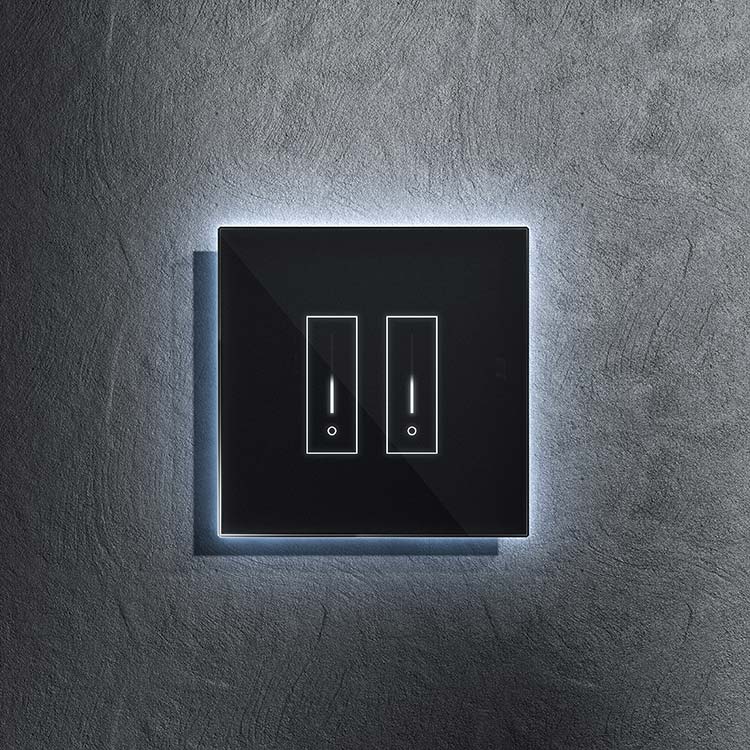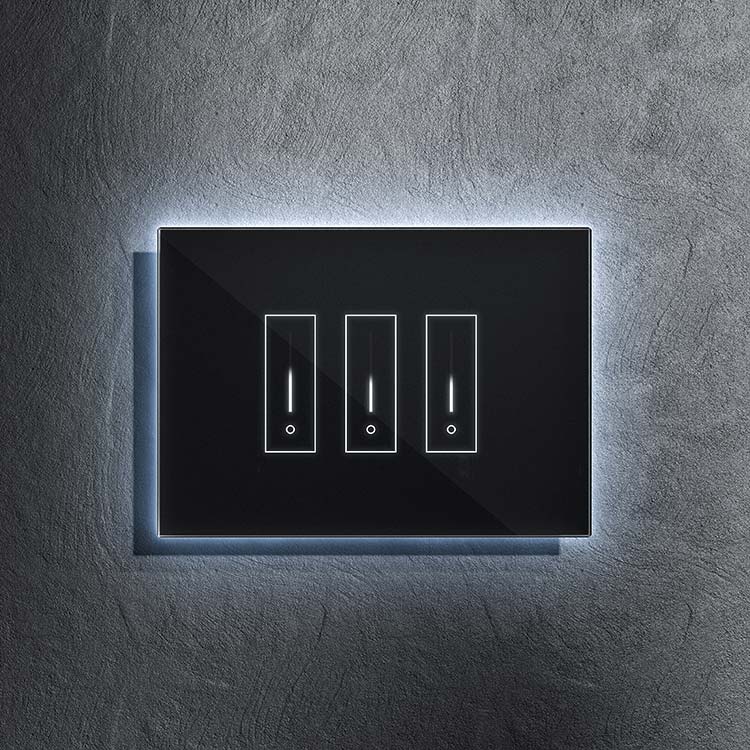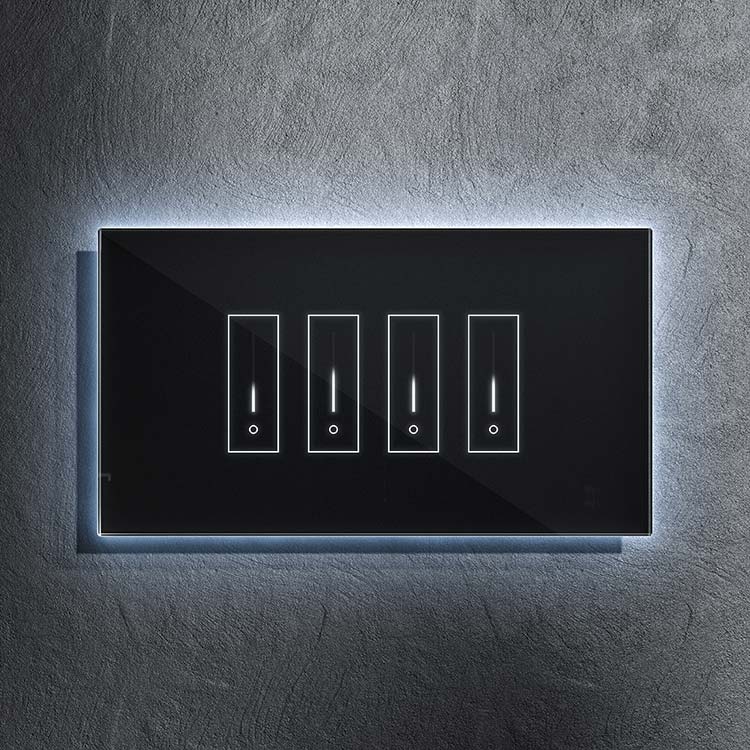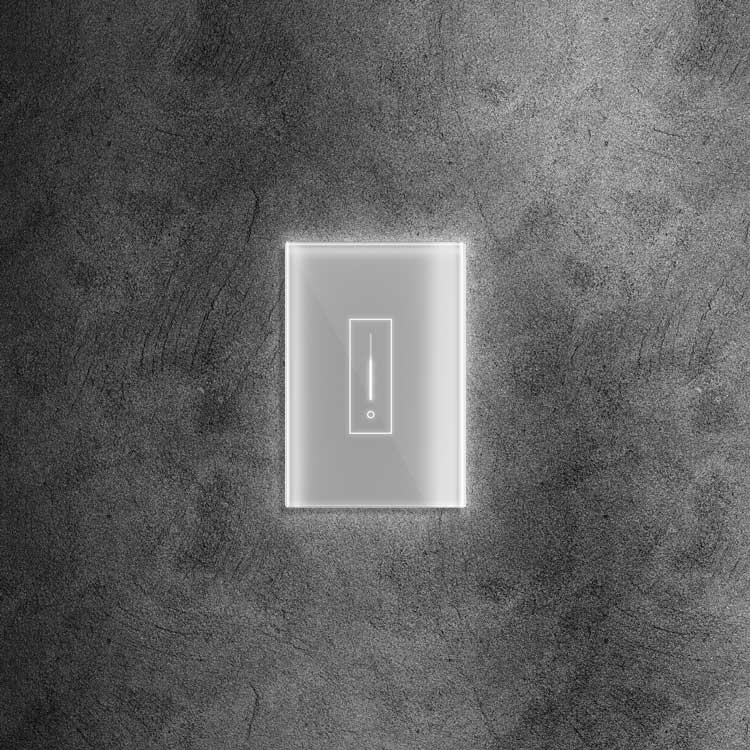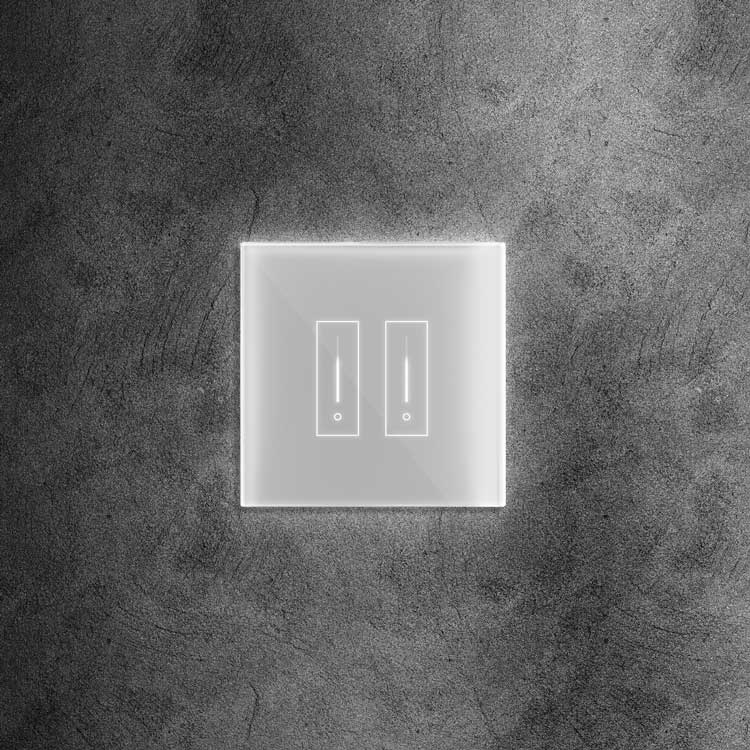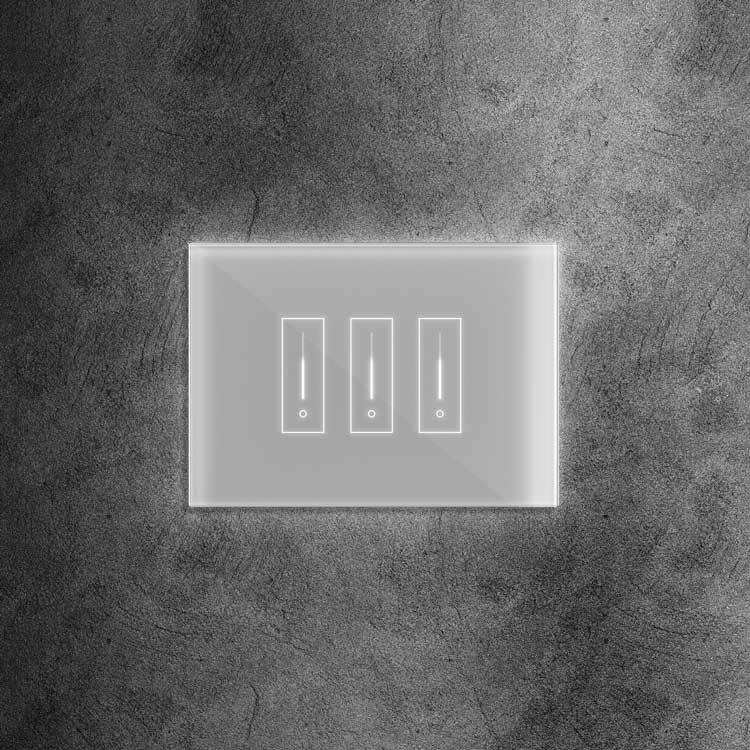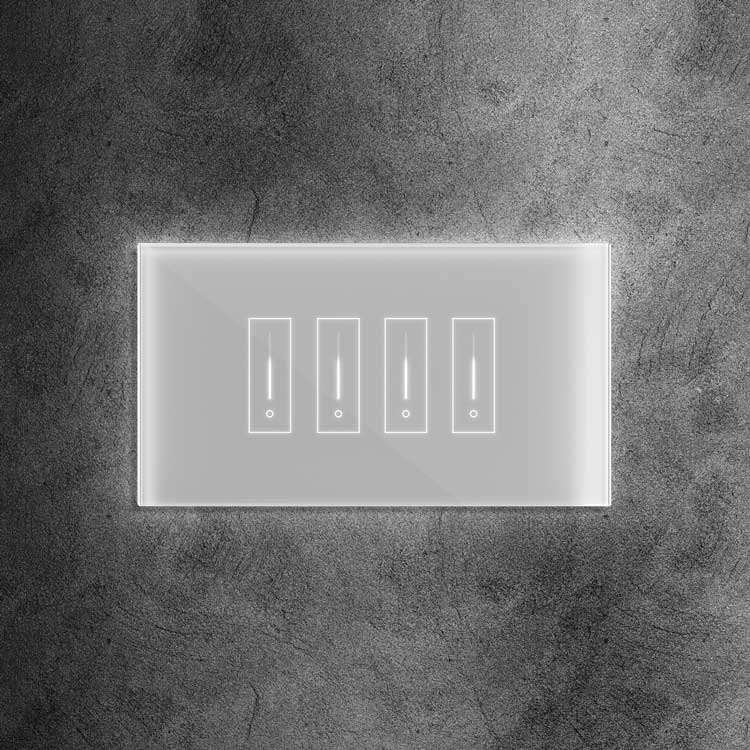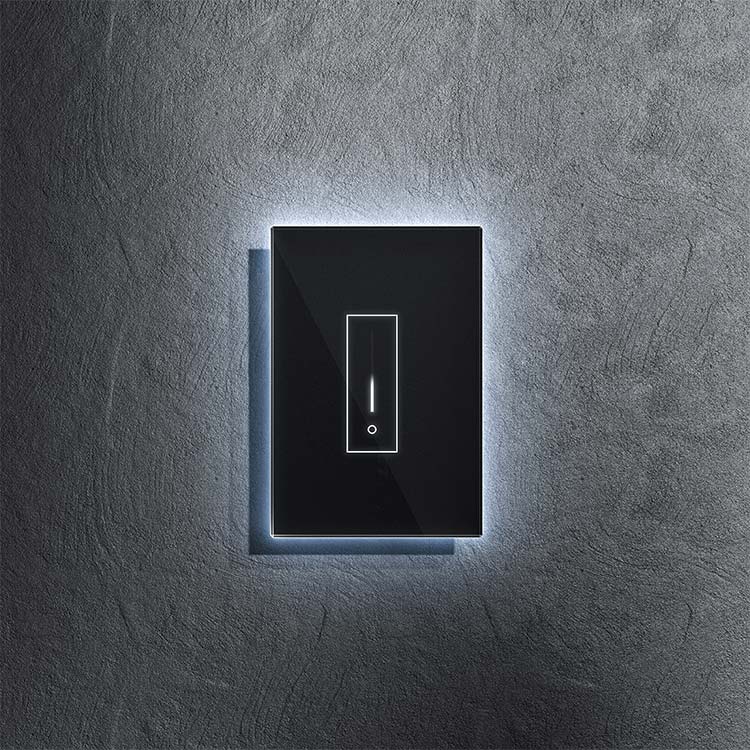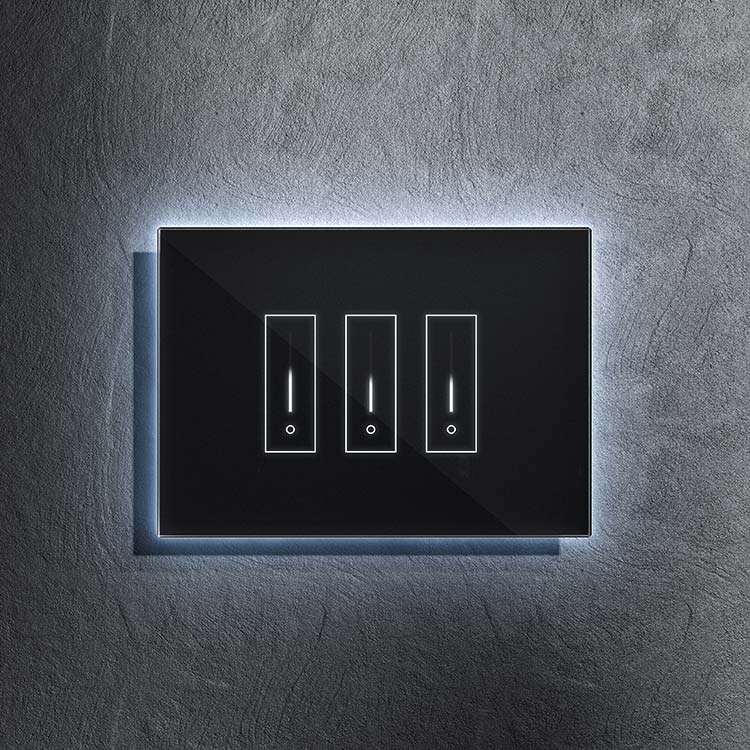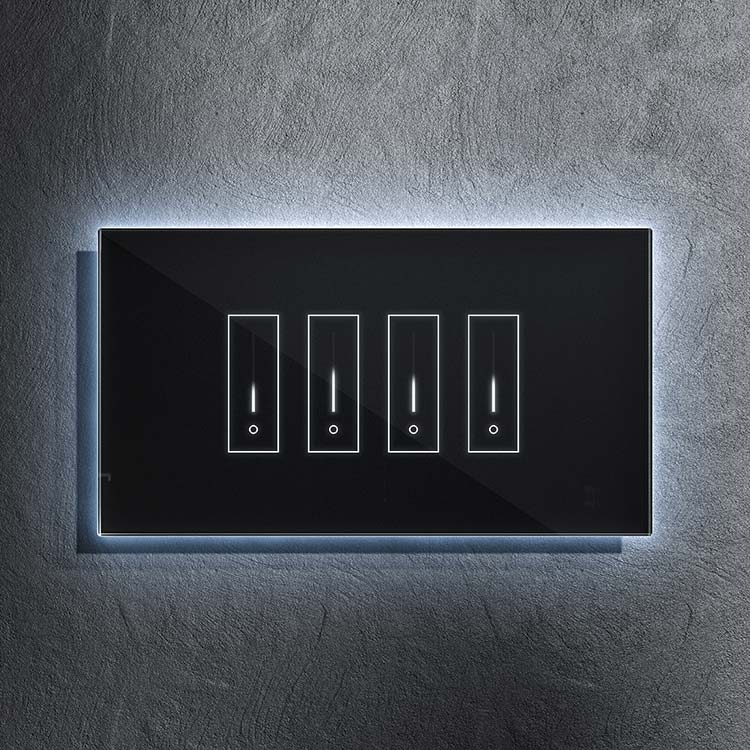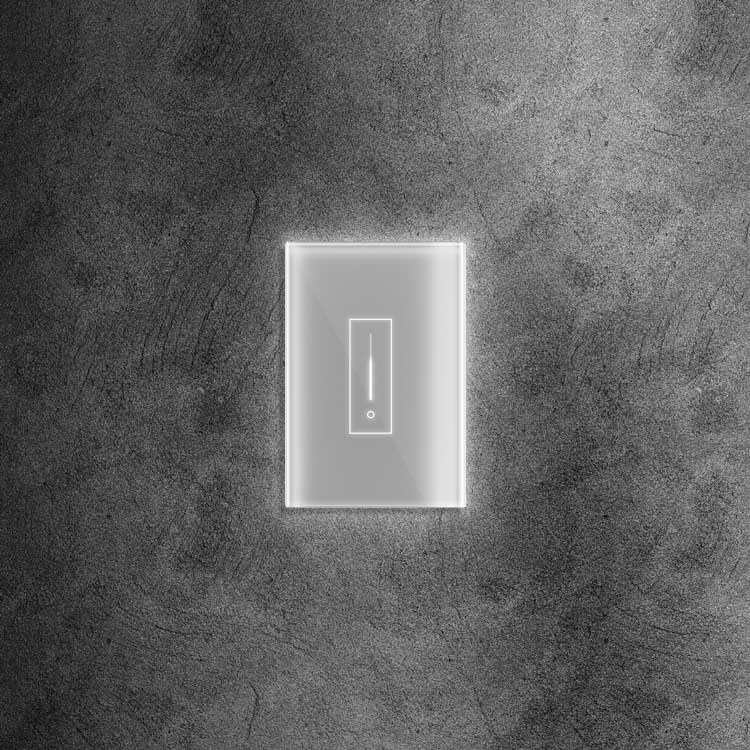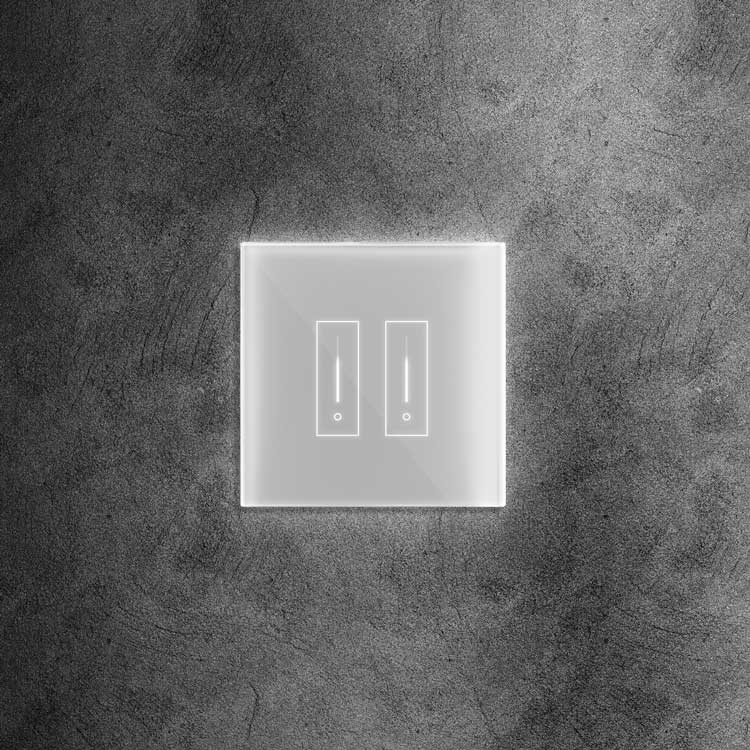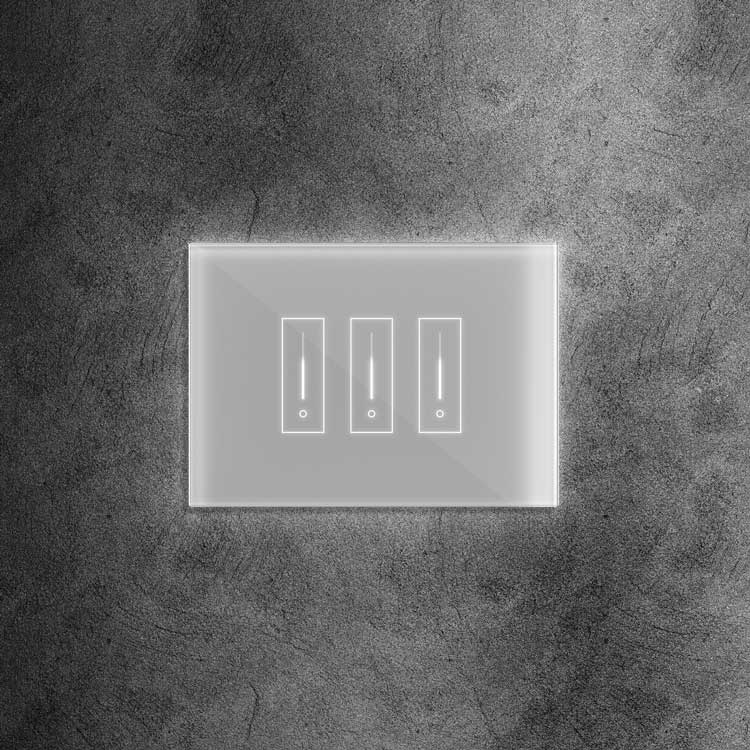In the age of smart technology, our houses are more connected and sophisticated than ever. One significant advancement in this field is the rise of smart lights. These innovative lighting solutions are revolutionizing how we illuminate our spaces, offering convenience, energy efficiency, and a touch of modernity. But what are smart lights, and how do they work? Let's dive into this enlightening topic.
Understanding Smart Lights
Smart lights are light fixtures that may be operated from a distance using voice commands, tablets, or smartphones. In contrast to conventional light bulbs that need manual switch operation, smart lights are equipped with various capabilities that render them adaptable and user-friendly. From adjusting brightness levels to changing colors and setting schedules, these lights provide a customizable lighting experience tailored to individual preferences.
Smart lights are more versatile than convenient. They may be used with other smart home appliances to create a unified ecosystem and enable smooth automation. For example, you may program your smart lights to switch on automatically when you get home or pair them with a smart thermostat to have illumination appropriate for the time of day and use less energy.
How Do Smart Lights Work?
Smart lights use wireless communication protocols such as Wi-Fi, Zigbee, or Bluetooth. These protocols enable the lights to connect to a central hub or your smartphone, providing a platform for control and automation. Here's a breakdown of how do smart lights work:
-
Installation and Setup: Installing smart lights is typically straightforward. You'll need to replace your existing light bulbs or fixtures with smart bulbs or fixtures. Once installed, you'll need to set up the lights using a compatible app on your smartphone. This involves connecting the lights to your home's Wi-Fi network or the central hub for communication.
-
Control and Customization: After the initial setup, you can control your smart lights using the app on your smartphone or through voice commands if integrated with a voice assistant like Alexa or Google Assistant. The app allows you to adjust brightness, change colors, and create lighting schedules tailored to your daily routine.
-
Integration with Smart Home Systems: Platforms like Apple HomeKit or Google Home can combine smart lighting with other smart home devices. This integration enables you to create automation routines where your lights work harmoniously with other devices. For instance, you may program your smart lights to turn off automatically when you leave the house or to dim when you start watching a movie.
- Energy Efficiency: One key benefit of smart lights is their energy efficiency. Many smart bulbs are made to use less energy than conventional incandescent lights, which lowers power costs and has a less negative impact on the environment. Additionally, the ability to control brightness and set schedules helps optimize energy usage further.
Benefits of Using Smart Lights
-
Convenience: With smart lights, you no longer have to get up to adjust the lighting. Whether in bed, at work, or on vacation, you can control your lights remotely, making it easier to manage your home's lighting.
-
Energy Savings: Smart lights contribute to energy conservation by using LED technology and offering energy-efficient features like scheduling and dimming.
-
Customization: Smart lights offer many customization choices so that you can set the ideal mood for any situation. With a few touches on your smartphone, you can instantly establish the tone for a boisterous dinner party or a relaxing evening at home.
- Security: Smart lights can enhance home security by allowing you to set lighting schedules that give the impression that someone is home even when you're away. This can deter potential intruders and provide peace of mind.
Choosing the Right Smart Lights for Your Home
Several factors must be considered when selecting smart lights for your home to ensure you get the most out of your investment.
Compatibility
Before purchasing, ensure your new smart lights will work with the rest of your smart home system. Some smart lights work seamlessly with popular platforms like Apple HomeKit, Google Home, or Amazon Alexa, while others may require a specific hub for operation. Ensure your smart lights are compatible with your preferred platform or voice assistant to enjoy a hassle-free experience.
Type of Smart Lights
Smart lights come in various types, including smart bulbs, strips, and fixtures. The type you choose will depend on your lighting needs and preferences.
-
Smart Bulbs: These are the most common types of smart lights. They can replace traditional bulbs in existing light fixtures and offer features like adjustable brightness and color-changing capabilities.
-
Smart Light Strips: Ideal for adding ambient lighting to spaces like under cabinets, behind TVs, or along staircases, smart light strips are flexible and versatile. They can be cut to size and offer a range of colors and effects.
- Smart Fixtures: These are complete lighting fixtures equipped with smart technology. They are perfect for areas where you want a more permanent smart lighting solution without replacing existing fixtures.
Features and Functionality
Think about the functionality and features you need from your smart lighting. Some advanced smart lights offer additional features like motion sensing, built-in speakers, or even integration with smart home security systems. Make a list of the important features and choose smart lights that meet your criteria.
Budget
Smart lights are available at various prices, from budget-friendly options to premium models with advanced features. Set a budget based on your needs and research different brands and models to find the best value for money. Recall that purchasing high-quality smart lighting can result in long-term maintenance and energy bill savings.
Installation and Setup
While many smart lights are designed for easy installation, some may require professional installation, especially if they are part of a larger smart home system. Before purchasing, consider your DIY skills and willingness to tackle the installation process. If you need more clarification, opt for smart lights that come with clear installation guides or offer professional installation services.
Maintaining and Troubleshooting Smart Lights
After installing your smart lights and enjoying the benefits they bring to your home, it's essential to know how to maintain them and troubleshoot any issues that may arise.
Regular Updates
Firmware updates for smart lights are frequently released to increase their interoperability with other devices, introduce new capabilities, or improve performance. To ensure your smart lights run smoothly and securely, regularly check for updates through the manufacturer's app or platform and install them.
Cleaning
Like traditional light bulbs and fixtures, smart lights require regular cleaning to maintain brightness and functionality. To carefully clean the surface of the fixtures or bulbs, use a soft, dry cloth. Steer clear of strong chemicals and abrasive cleansers as they might harm the circuitry and finish of the smart lights.
Battery Replacement
If your smart lights use batteries, monitor their life and replace them as needed. Low battery levels can affect performance and connectivity, so keeping spare batteries on hand is good. Opt for rechargeable batteries to save on costs in the long run.
Troubleshooting Common Issues
Despite their advanced technology, smart lights can sometimes encounter issues. Here are some common problems you may encounter and how to troubleshoot them:
-
Connection Issues: If your smart lights are not responding to commands or appear offline, try restarting your router, hub, or the smart lights themselves. Ensure they are within the Wi-Fi network or hub range and check for interference from other electronic devices.
-
Dimming or Flickering: If your smart lights are dimming or flickering unexpectedly, it may indicate a power supply issue or compatibility issue with the dimmer switch. Ensure that the smart lights are compatible with your existing dimmer switch, or consider using smart dimmers designed for LED lights.
- Unresponsive Controls: If the app or voice commands are not working, try restarting the app, checking your internet connection, or resetting the smart lights. For assistance, get in touch with customer service if the problem continues.
Professional Assistance
If you encounter persistent issues or are unsure how to resolve them, feel free to seek professional assistance. Many manufacturers offer customer support services to help troubleshoot and resolve technical issues. Additionally, professional electricians or smart home installers can provide expert advice and assistance with installation, troubleshooting, and maintenance.








